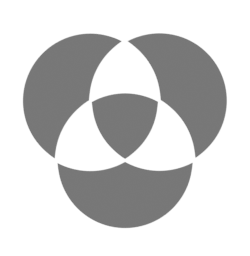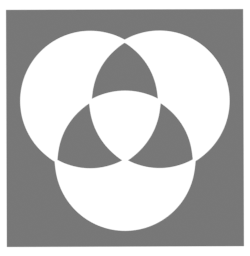Opérateurs logiques
| Set | Set | Math | Logic | Prog | Bool | door | table |
|---|---|---|---|---|---|---|---|
| ∩ | 
|
∧ | AND | && | • | 
|
00 0 01 0 10 0 11 1 |
| ∪ | 
|
∨ | OR | || | + | 
|
00 0 01 1 10 1 11 1 |
| Δ | 
|
⊖ | XOR | ⊕ | 
|
00 0 01 1 10 1 11 0 |
|

|
XNOR | ⊙ | 
|
00 1 01 0 10 0 11 1 |